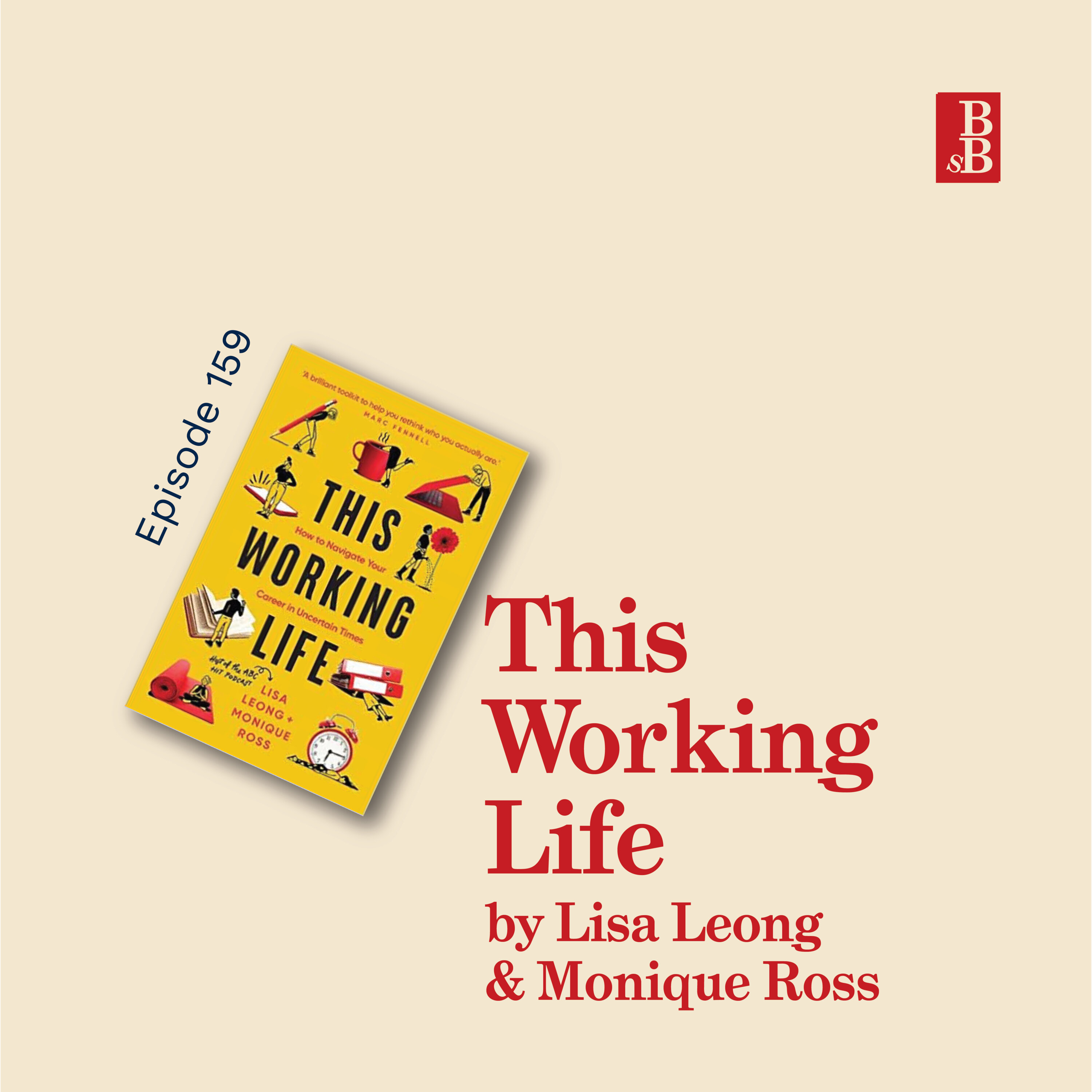There Has to be More by Rachel Service: how to achieve your goals
About the book
You may have outgrown a relationship. Your job may no longer excite you. Maybe you look in the mirror and see someone you don’t want to be anymore. You might be so fed up that you’re ready to throw in the towel at work or in a friendship or relationship.
Behind the scenes, thousands of smart, capable, amazing people like you feel the exact same way.
In There Has To Be More, Rachel shares the methods and tools she created to genuinely grow and build a life that reflects what makes her happy.
Source: amazon.com.au
About the author
Rachel Service is the CEO of Happiness Concierge and the author of There Has To Be More: The Essential Guide to Personal Growth.
After experiencing an aha moment at a Beyonce concert (true story!), with $300 in her bank account, entrepreneur Rachel Service started Happiness Concierge™, the company empowering thousands of people across the globe.
Since then, she has saved companies millions by empowering their people, partnered with ASX listed companies, retail banks, universities and government departments and shifted the dial on workplace culture.
Rachel’s award-winning approach to personal and professional growth has been featured in the BBC, Financial Review, Sydney Morning Herald and The Age. Her TED talk, ‘How to Break Up With Your Public Identity’, was internationally syndicated on the official TED website in 2020.
Rachel’s belief is when we create our own version of success, we take control of our life and work.
Source: https://www.rachelservice.com/rachel-service
Big idea #1 — The Growth Cycle
The main structure of the book is around the growth cycle, Rachel’s on model on how to take your goals and reach them.
The five stages of the growth model are…
- Own it; doing an audit and really checking yourself on what’s really happening, including how you’re getting in your own way at the moment.
- Find your way back; reflecting on what’s changed and what those trigger points were.
- What do you want; defining what you want and really being clear on what’s important and what’s not important.
- Game plan; the people, the actions, the roadblocks, and then prioritizing the goals.
- Take the first step; acknowledging the small wins, finding little ways to fail, and setting a bit of a commitment to yourself.
There’s lots of reflection questions and frameworks throughout the model and book. One I particularly liked was looking at behaviour and communication patterns where we fall into the trap of our own outdated beliefs and how we reinforce them, and therefore ending up going in a bit of a cycle. Which is not particularly useful for actually achieving our goals and breaking some of those patterns and habits and ways of thinking.
Big idea #2 — Choose your people
There’s a really strong theme in the book about the people around you and that you surround yourself with and choosing them wisely. Rachel shares that some people might freak out when you make a big change, or when you decide that you’re going to commit to yourself and make and achieve a goal.
You might even be concerned trolled, which was a term that I had never heard before, but I really enjoyed as a description. It is when you get a back handed comment or false curiosity from someone when you share your goal or actions with them.
Eg;
Concern troll: how was your morning?
You: Great, I did a fitness class.
Concern troll: oh I would never do that of kind of jumping around.
You: well, you know, it’s not for everyone.
Concern troll: don’t you ever worry about getting injured?
That sort of backhanded comments or false curiosity/concern is something that you probably hear, and do, on a regular basis. And I had never thought of it as being a bad thing; just different preferences / opinions. So it was a useful reminder how in some cases, it might make people feel bad or feel like they shouldn’t do the thing because they’ve been concerned trolled.
There’s also a useful section in the book so that if you do find you need to edit some relationships, there’s also advice in here around saying no, establishing boundaries, and potentially distancing yourself from certain individuals or certain groups or relationships that aren’t serving you.
Big idea #3 — Reflect, reflect, reflect
This is more of an overall theme of the book as there’s a huge amount of questions, practical activities, sections you can fill in, and even an associated workbook that comes with the book.
Quite a few of the reflection questions involve looking backwards; thinking back to a time you felt excellent or you felt at your best and then asking yourself what’s changed to get you here, where maybe things aren’t working as well for you, or there’s something a little bit missing.
The hardest thing is often knowing what you do want. So the book asks you what you want to;
- feel or be
- have
- achieve
Which is quite a nice way of breaking it down for the little prompts that can help you define what success looks like. And then from there you can set up timelines, stepping stones, habits required, and the people you need around you to actually achieve those things.
Support my book habit: https://www.buymeacoffee.com/stephsbookshelf
See omnystudio.com/listener for privacy information.
Hey, have you subscribed to the bookmark newsletter? If you liked this, you might like my twice-monthly email with book reviews and ideas of what you should be reading, and listening to, next. Click here to subscribe.

















